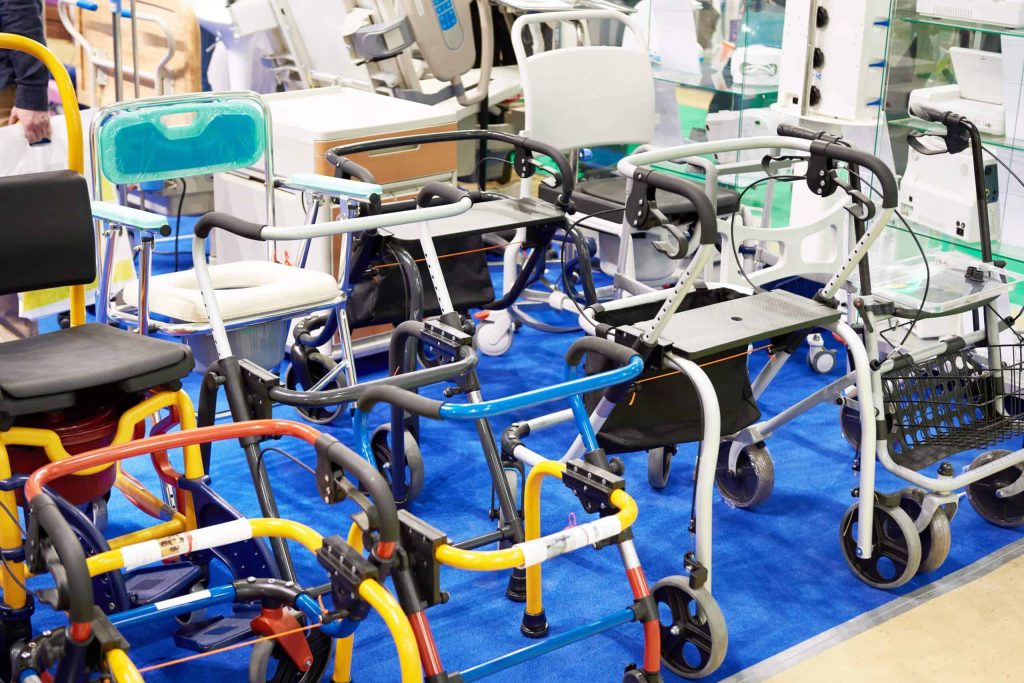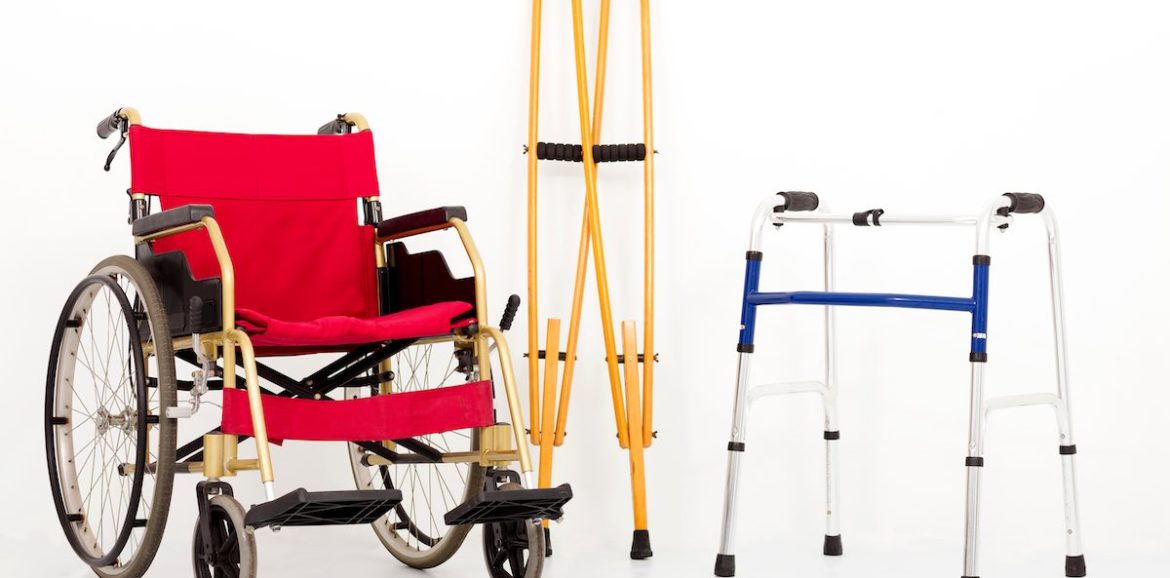As our loved ones age, maintaining independence and quality of life becomes increasingly important. Mobility aids play a crucial role in facilitating the well-being of seniors by providing support and assistance in their daily activities. Choosing the right mobility aids for the seniors in your life involves careful consideration of their specific needs, preferences, and the available options in the market. In this guide, we will explore various aspects to help you make informed decisions and ensure the best possible support for your elderly family members or friends.
Understanding Individual Needs
Every senior has unique mobility requirements, and it’s essential to assess these needs before selecting any mobility aid. Consider factors such as the individual’s physical condition, balance, strength, and overall health. Engage in open communication with the senior to understand their preferences and limitations. This initial assessment will guide you in choosing the most suitable mobility aids tailored to their specific requirements.
Types of Mobility Aids
Mobility aids come in a variety of types, each designed to address different aspects of assistance. Understanding the various options available is crucial for making an informed decision. Common types of mobility aids include:
Canes:
- Suitable for individuals with mild balance issues.
- Different types such as standard canes, quad canes, and folding canes cater to various needs.
Walkers:
- Provide more stability than canes and are suitable for those who require additional support.
- Options include standard walkers, wheeled walkers, and rollators with seats for resting.
Wheelchairs:
- Ideal for individuals with limited mobility or those who tire easily.
- Manual and electric wheelchairs are available, each with its own set of advantages.
Mobility Scooters:
- Battery-powered scooters suitable for outdoor use.
- Provide a higher level of independence for those with difficulty walking longer distances.
Stairlifts and Elevators:
- Essential for homes with multiple levels to ensure safe and convenient movement.

Factors to Consider
Safety Features: Look for mobility aids with built-in safety features, such as non-slip grips, sturdy frames, and reliable brakes.
Comfort: Consider the comfort level of the mobility aid, especially if it will be used for extended periods. Padded seats, ergonomic handles, and adjustable features contribute to user comfort.
Portability: Assess the ease of transport and storage for the mobility aid. Foldable and lightweight options are convenient for travel.
Ease of Use: Opt for mobility aids that are easy to operate and maneuver. Consider the senior’s dexterity and cognitive abilities when making a selection.
Durability: Choose well-built, durable mobility aids that can withstand regular use. This is particularly important for seniors who rely heavily on their aids.
Adaptability: Select aids that can be adapted or customized to the senior’s changing needs. This is crucial for ongoing support as their health evolves.
Budget: Determine a budget range and explore options within that range. Consider long-term costs, including maintenance and potential upgrades.
Consulting Healthcare Professionals
Before finalizing a decision, it’s advisable to consult healthcare professionals, such as physical therapists or occupational therapists. These experts can provide valuable insights into the specific requirements of the senior and recommend suitable mobility aids. Additionally, they may offer guidance on proper usage and maintenance, ensuring the longevity and effectiveness of the chosen aids.
Trial Period and Adjustments
Once a mobility aid is selected, it’s important to allow the senior a trial period to get accustomed to it. During this time, observe how well the aid meets their needs and if any adjustments are necessary. Many mobility aids come with adjustable features, allowing for personalized modifications based on individual preferences and requirements.
Choosing the best mobility aids for seniors involves a thoughtful and individualized approach. By understanding the unique needs of your loved one, exploring the various types of mobility aids available, and considering factors like safety, comfort, and adaptability, you can make informed decisions that enhance their quality of life. Consulting with healthcare professionals and allowing for a trial period ensures that the chosen mobility aid aligns perfectly with the senior’s requirements, promoting independence and well-being in their golden years.






